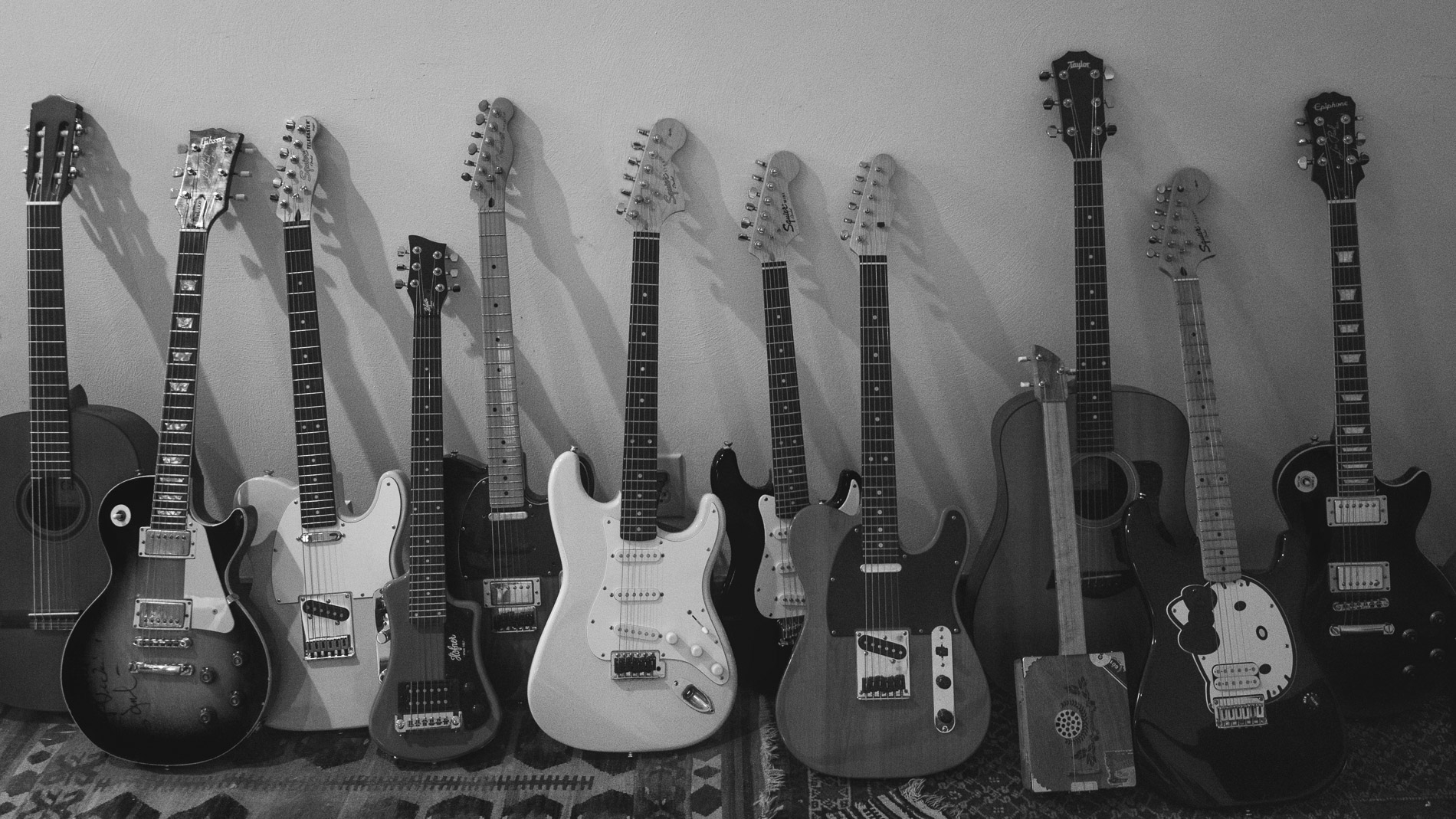
Humidity and Your Guitar
Having taught guitar lessons for over 35 years, I’ve seen first hand the negative ways that humidity can impact guitars. Weather affects your guitar in numerous ways, and like humans, guitars don’t like extreme heat or extreme cold. Guitars also don’t like extremely high or low humidity. Wood is hygroscopic. That means that wood absorbs and holds moisture from the air. Wood can also have moisture pulled out of it when exposed to a dry environment. If you own a guitar made from wood, you need to help protect it from this natural phenomenon.
Even if you live in a relatively humid climate like that of Eugene, Oregon, your guitars aren’t completely safe. The reason for this has to do with relative humidity (RH). Guitars should be kept in environments between 40%-50% RH.
Humidity is a much bigger concern in the winter because that is the time of year when many people heat their homes. When you heat your home to be warmer that it is outside, the relative humidity in your home becomes lower.
What Happens When a Guitar Is Left in a Dry Space
If your guitar is left in a space with low relative humidity for a long time, the following will eventually occur:
- The wood in your guitar will slowly have the moisture sucked out of it.
- As your guitar loses moisture, it will start to shrink.
- As it shrinks, the different parts of the guitar will pull on each other in different directions causing the whole guitar to tighten up and become less resonant.
- The neck angle will start to shift, and the top will sink. This will lower the strings and they may start buzzing on the frets.
- Eventually, the instrument will be under so much tension that it will start to crack and need repair.
How to Care for Your Guitar in Low Humidity
It is never a good idea to store your guitar in front of a furnace or radiator. During the winter, it is best to store your guitar in its case in a warm part of your home or in a warm room with a humidifier.
Special care should be taken any time you move your guitar from cold areas to hot areas such as from a cold car into your home (you shouldn’t leave your guitar in your car for extended periods of time, and it’s best not to store it in your cold trunk while in transit). The large difference in temperature puts stress on your guitar. You should give your guitar time to naturally acclimate to the new environment. Depending on the difference in temperature, this could take as much as a couple of hours.
Keep your guitar in its case for a while, then crack open the case and let it sit and then open the case fully. Once your guitar is no longer cold to the touch, it should be safe to start playing. DO NOT EVER blow warm air onto a guitar to try and warm it up quicker. This will dry the wood in your guitar out very quickly and can lead to condensation, cracking or warping.
You may find it helpful to buy an electronic hygrometer which measures relative humidity and keep it in your case or in the room where you store your guitar. Remember that the sweet spot for guitars lies between 40% and 50% RH.
There are case humidifiers that you can buy, but using them can be tricky. If you decide to use a case humidifier, make sure to use it properly. It would be worse to over humidify your guitar than to not humidify it at all.
If you still have questions about guitar maintenance or are interested in guitar lessons in Eugene, Oregon, feel free to contact me.
Keep Pickin’
-Bill